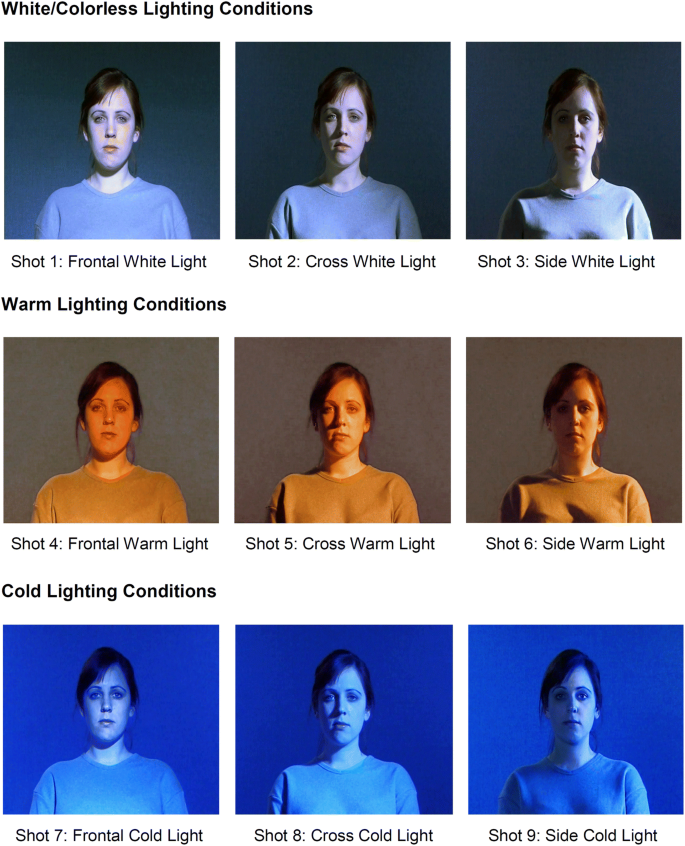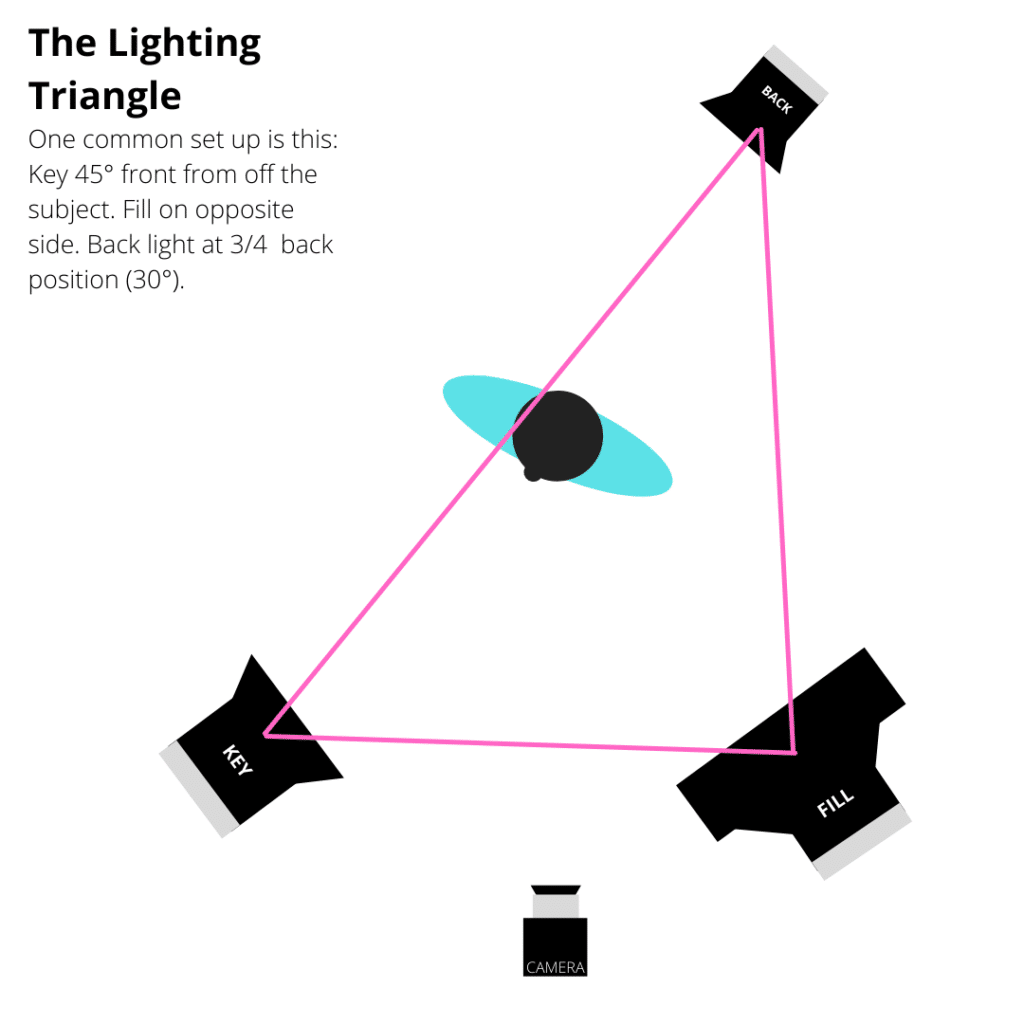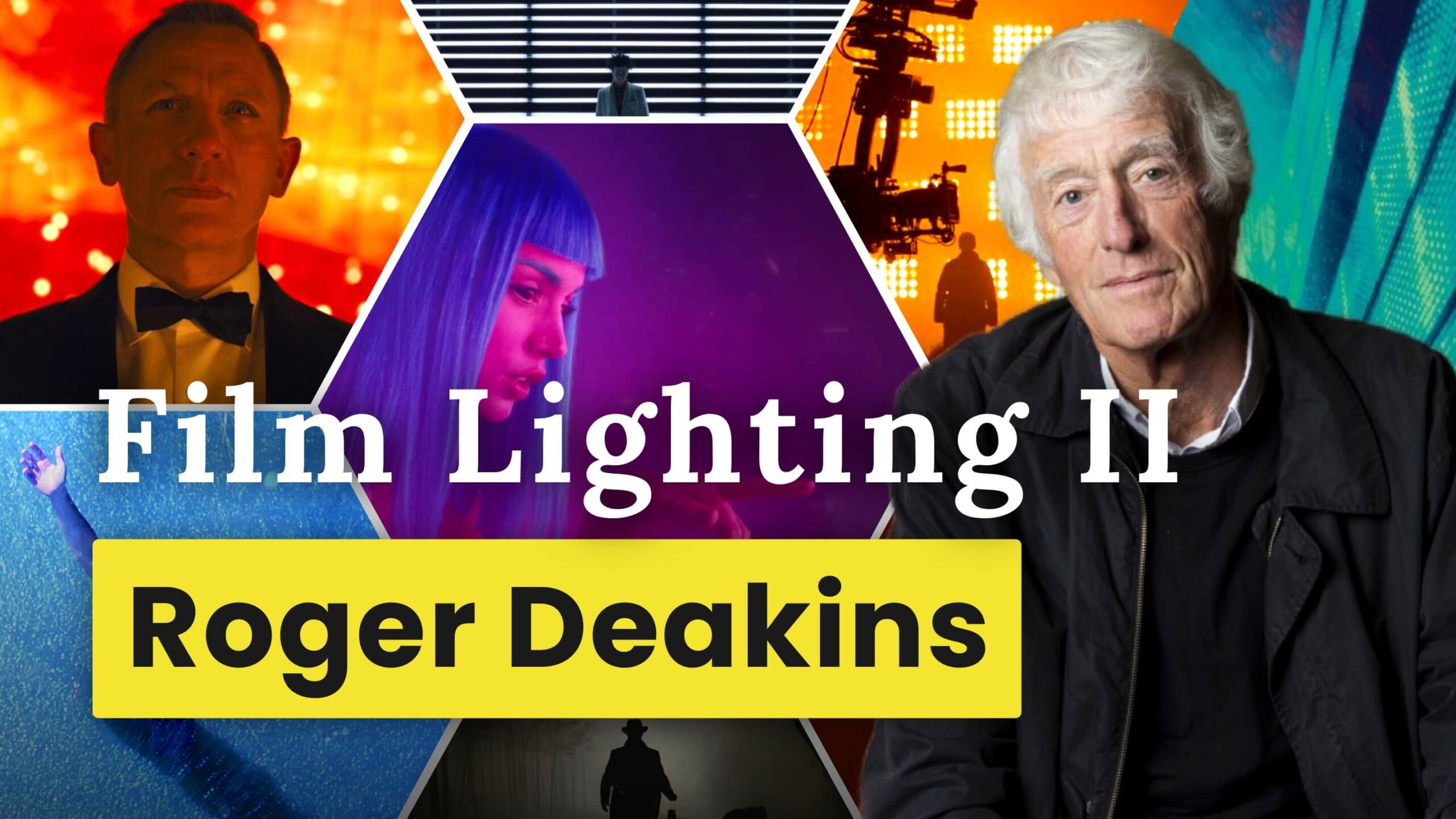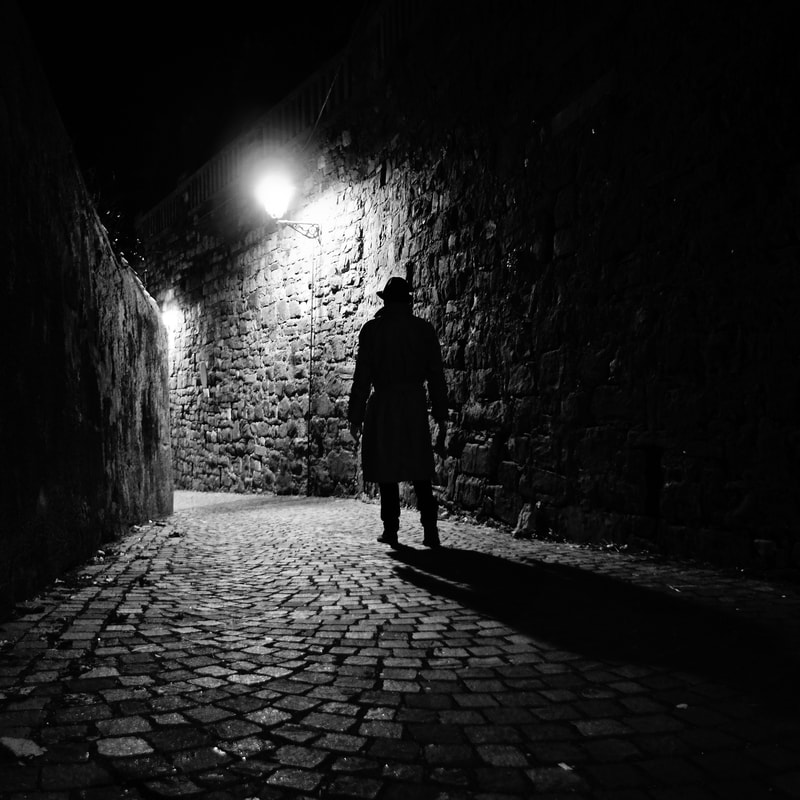The Art and Science of Cinematic Lighting: Illuminating the Craft
In the world of cinema, lighting is far more than a mere technical necessity; it’s an art form in its own right. Cinematic lighting has the power to shape the mood, enhance narratives, and bring stories to life in a way words alone cannot. Understanding the nuances of lighting techniques can provide invaluable insight into how films create atmosphere and guide audiences through visual storytelling. In this article, we explore the diverse techniques of cinematic lighting that filmmakers employ to craft unforgettable experiences.
The Role of Lighting in Storytelling
From the earliest days of cinema, lighting has been an essential tool in storytelling. It aids in emphasizing certain aspects of a scene, highlighting characters, and setting the tone. Lighting can communicate time of day, evoke emotions, and subtly guide the audience's attention to critical plot elements. At its core, cinematic lighting is about manipulating light and shadow to tell a visual story.
The types of lighting used in film can broadly affect the narrative in two significant ways: naturally and artificially. Natural lighting, obviously sourced from nature, relies on the sun and moon, providing authentic environmental light. In contrast, artificial lighting gives directors control to create any environment they envision, regardless of actual time or location.
Key Lighting Techniques Explored
A variety of techniques fall under the cinematic lighting umbrella, each serving unique purposes and achieving specific effects. Understanding these core techniques provides an essential foundation for anyone interested in film production or analysis.
Three-Point Lighting
Three-point lighting remains one of the most fundamental techniques in cinematic lighting, providing a foundation for beginner and veteran filmmakers alike. This classic setup uses three light sources placed in strategic positions around the subject.
1. **Key Light* The primary light source, usually placed to one side of the camera, it casts the dominant shadows and highlights.
2. **Fill Light* Positioned opposite the key light, the fill light softens shadows cast by the key light, making the image more visually balanced.
3. **Back Light** (or Rim Light): Placed behind the subject, this light adds depth by creating a rim of light around the subject, helping them stand out from the background.
This technique provides a well-rounded lighting setup that creates depth and interest in a scene.
High-Key and Low-Key Lighting
High-key and low-key lighting are two techniques that influence a film’s emotional tone significantly.
- **High-Key Lighting* Characterized by a low contrast between brighter lights and softer shadows, high-key lighting is often used in comedies and musicals. The effect is a bright, airy feel that evokes positivity and clarity, frequently used in happy or lighthearted scenes.
- **Low-Key Lighting* On the opposite end of the spectrum, low-key lighting involves a high contrast ratio where shadows dominate the scene. This technique is synonymous with film noir, thrillers, and mystery genres, adding an element of suspense, drama, or danger. The play of shadow creates an intense atmosphere, often alluding to hidden motives or unpredictable outcomes.
Natural and Practical Lighting
- **Natural Lighting* When filmmakers use sunlight or moonlight as their primary light source, they achieve a realism that artificial lights struggle to replicate. Films shot with natural light often have a raw, authentic feel that immerses viewers in the setting, as with many works of the Italian neorealism era.
- **Practical Lighting* Involves integrating existing light fixtures within a scene that act both as lighting sources and set pieces—such as lamps or streetlights. Practical lighting is effective for maintaining an organic look and feel, blending illumination with the scene's natural architecture or motifs.
The Impact of Color Temperature and Gels
Color temperature plays a crucial role in cinematic lighting, influencing the aesthetic and emotional undertones of a film. It’s the measure of the light’s color, ranging from cool to warm hues.
- **Cooler Temperatures* Such as blue or white lighting, evoke a sense of calm, detachment, or melancholy. They are often used in science fiction or dystopian settings to underscore the coldness or sterility of a world.
- **Warmer Temperatures* Orange and yellow lights are often associated with warmth, safety, or nostalgia. They create intimate environments, or settings imbued with a sense of security or sentimentality.
Gels, transparent colored sheets placed over lights, allow filmmakers to modify the color temperature without altering the light source itself. This technique can create specific moods, simulate different times of the day, or express changes in scenes or themes swiftly and effectively.
Innovative Techniques and Experimentation
Beyond these foundational techniques, filmmakers continue to experiment and innovate, pushing the boundaries of cinematic lighting. Whether through technological advances, like LED systems, or creative experimentation with shadows and reflections, the future of cinematic lighting holds infinite possibilities.
As audiences continue to evolve, so too will the demands of visual storytelling. With challenges like HDR (High Dynamic Range) presenting new ways to convey visual depth and reality, lighting remains at the forefront of cinematic exploration.
Cinematic lighting is an ever-evolving art form that plays an indispensable role in film. As we delve deeper into its techniques and innovations, we uncover not only the skill but also the artistry behind every illuminated frame in the cinema.
Historical Developments in Cinematic Lighting
Throughout the history of cinema, lighting techniques have evolved dramatically, influenced by technological advancements, cultural shifts, and artistic movements. Understanding the historical context of these developments offers insight into modern cinematic lighting practices.
The Silent Era and German Expressionism
The silent film era marked the early days of cinematic lighting, where filmmakers began exploring the visual storytelling potential of light and shadow. This period saw significant innovations, particularly influenced by German Expressionism. Filmmakers like Fritz Lang and F.W. Murnau utilized exaggerated lighting contrasts to convey emotion and surreality, with shadowy, angular designs that reflected the turbulent, post-World War I atmosphere.
Expressionist films, like "Nosferatu" and "Metropolis," typically employed chiaroscuro techniques—contrast between light and dark—to create a dramatic visual experience. This stylistic approach not only birthed iconic horror and sci-fi imagery but also laid the groundwork for future cinematographic explorations.
Classic Hollywood and Technicolor
The advent of talkies and Technicolor in the 1930s and 1940s revolutionized lighting techniques in cinematography. As films became more realistic with sound, lighting further evolved to enhance storytelling.
Technicolor films introduced vibrant, bold colors to screens, challenging cinematographers to balance and integrate lighting in new, dynamic ways. Directors of photography like Gregg Toland, who worked on films such as "Citizen Kane," pushed boundaries by experimenting with deep focus and innovative lighting setups to give unprecedented depth and perspective.
The classic Hollywood era also solidified the use of three-point lighting, creating glamorous, standardized aesthetics seen in countless films of the time. This style prioritized evenly lit shots that presented stars in their finest light—both literally and figuratively.
Film Noir and the Influence of Shadows
The post-World War II era witnessed the rise of film noir, a genre heavily reliant on lighting for its stylistic and narrative impact. The interplay of light and darkness in film noir established a visual language that communicated themes of moral ambiguity, danger, and seduction.
This genre embraced low-key lighting, characterized by pronounced shadows and stark contrasts, creating a moody, often ominous atmosphere. Iconic films like "Double Indemnity" and "The Maltese Falcon" used venetian blind shadows, fog, and reflective surfaces to craft visually complex scenes, expressing internal psychological conflict and external peril.
The New Wave Movements
The 1960s saw the emergence of New Wave movements in various countries, where directors sought to break away from conventional cinematic techniques. In France, the Nouvelle Vague filmmakers, such as Jean-Luc Godard and François Truffaut, emphasized spontaneity and realism. They often relied on natural lighting to achieve authentic, gritty aesthetics, emphasizing urban environments and genuine human interactions.
Simultaneously, in the UK, the British New Wave and in Japan, the Japanese New Wave, similarly prioritized location shooting and naturalistic lighting, developing an unpolished, realistic aesthetic that resonated with contemporary societal issues.
The Influence of Iconic Cinematographers
Throughout cinematic history, gifted cinematographers have pushed lighting techniques to new heights, while leaving indelible imprints on the craft.
Roger Deakins
Renowned for his mastery of light and shadow, Roger Deakins has influenced countless filmmakers with stunning visual narratives. Known for his work on films such as "Blade Runner 2049" and "The Shawshank Redemption," Deakins consistently finds ways to create immersive worlds through lighting intricacies, color schemes, and texture. His meticulous attention to lighting detail helps transform scripts into striking visual realms, with dramatic uses of silhouettes and contrast.
Emmanuel Lubezki
A pioneer in the use of natural and "continuous take" lighting, Emmanuel Lubezki achieved critical acclaim with films like "Birdman" and "The Revenant." Lubezki's style often incorporates natural sources to stunning effect, capturing the poetic beauty of environments with authenticity. His innovative lighting techniques create a seamless, fluid viewing experience that immerses audiences in the unfolding story.
Bradford Young
Known for his work on "Arrival" and "Selma," Bradford Young's style focuses on using light to accentuate mood and character emotion. His collaboration with director Denis Villeneuve on "Arrival" demonstrated masterful manipulation of color and light, underscoring the film’s ethereal, otherworldly themes. Young's use of subtle, underlit imagery adds depth and complexity to his storytelling.
Contemporary Cinematic Lighting Challenges
As digital filmmaking advances, new challenges and opportunities for exploring lighting in cinema continue to emerge. Modern filmmakers are tasked with integrating practical effects with CGI, achieving photorealistic outcomes, and maximizing the dynamic range offered by digital cameras.
HDR technology, for instance, allows for a wider range of light levels within frames, presenting unprecedented opportunities for visual storytelling. However, such advancements require cinematographers to adapt their techniques, ensuring products remain consistent with the filmmakers' vision while accounting for new viewing environments and screen technologies.
Additionally, environmental consciousness is reshaping lighting techniques. The shift toward eco-friendly filmmaking encourages the use of energy-efficient lighting practices, promoting sustainable productions without sacrificing artistic integrity. Modern solutions, such as LED lighting, offer environmentally conscious alternatives with enhanced versatility and color control.
As these technological innovations influence cinematic lighting, upcoming filmmakers are encouraged to embrace experimentation and adapt to the evolving landscape, ensuring the continuous advancement of this captivating and indispensable craft.
The Psychological Impact of Lighting in Cinema
Lighting in cinema is a powerful psychological tool used to influence audience perceptions and emotions. By manipulating light and shadow, filmmakers can evoke specific emotional responses and deepen the narrative engagement.
Using Lighting to Reflect Internal States
One of the most compelling uses of lighting is to mirror a character's internal emotional state. Filmmakers often adjust lighting to visually represent a character's psyche, providing deeper insight into their mental and emotional journey.
For example, harsh, directional lighting may be used to depict turmoil or psychological distress, casting ominous shadows that symbolize the character's inner conflict. Conversely, softer, diffused lighting can convey tranquility, innocence, or vulnerability, as seen in coming-of-age films or introspective dramas.
The surrealist works of directors like David Lynch exemplify the use of unconventional lighting to create a dreamlike quality, engaging viewers on a subconscious level. His film "Mulholland Drive," for instance, utilizes light to blur the line between reality and dreams, enhancing the psychological complexity of the narrative.
Establishing Themes and Symbolism
Lighting can also extend beyond character exploration to reinforce thematic elements and symbolism within a film. Directors strategically use lighting to emphasize motifs, advance themes, or foreshadow events, building a cohesive visual language.
Films like "Schindler's List," directed by Steven Spielberg, employ stark black and white cinematography to evoke historical gravitas, while selectively integrating color to draw attention to key narrative elements. The iconic scene featuring the "girl in the red coat" uses color symbolism to represent innocence amidst the horror, an effect achieved through meticulous lighting and visual composition.
Additionally, stylized lighting choices in films like "Blade Runner" serve to highlight themes of dystopia, identity, and human experience. The use of neon lighting and shadows within the urban landscape amplifies the sense of societal decay and existential inquiry prevalent in cyberpunk narratives.
Enhancing Tension and Suspense
Lighting is integral to creating tension and suspense within suspense and thriller genres. The ability to obscure or reveal elements through light manipulation builds anticipation and affects audience mood.
Alfred Hitchcock, regarded as the "Master of Suspense," was renowned for his keen sense of lighting to manipulate mood and draw suspense. His film "Psycho" is exemplary in utilizing chiaroscuro lighting in the infamous shower scene, where stark contrasts between light and shadow heighten the scene's horror and impact.
In contemporary cinema, directors often use intermittent lighting, such as flashes or strobes, to evoke disorientation and anxiety, drawing viewers to the edge of their seats with each shadowy twist.
Lighting Variations Across Global Cinema
The global nature of cinema reveals diverse cultural approaches to lighting, each contributing unique elements to the storytelling landscape.
Italian Neorealism
Italian Neorealism captured post-war reality through naturalistic lighting, often using available light to portray authentic, everyday life. The films, characterized by their emotional honesty and social critique, prioritized natural environments and real locations over elaborate lighting and sets. This style can be found in classics like Vittorio De Sica's "Bicycle Thieves," where the use of natural lighting underscores the rawness and immediacy of the narrative.
Asian Cinema and Use of Color
Asian cinema, particularly films from India and Japan, frequently embraces vivid colors and lighting techniques to enhance cultural and thematic expressions. Bollywood films, for example, utilize warm, saturated hues to amplify energy and emotion, generating a visually rich cinematic experience that aligns with musical and narrative exuberance.
Similarly, renowned Japanese directors like Akira Kurosawa and Wong Kar-wai are celebrated for their distinct uses of color and lighting. Kurosawa’s work, such as "Rashomon," features bold contrasts and precision lighting to capture the emotional depth and moral ambiguity central to the storyline.
Nordic Noir and Cold Lighting
Nordic Noir, a genre originating in Scandinavia, leverages cold, bleak lighting to reflect the austere, atmospheric nature of its crime dramas. The use of muted color palettes and diffused natural light enhances themes of isolation, bleakness, and existential reflection, as seen in films like "The Girl with the Dragon Tattoo" and television series such as "The Bridge."
The Future of Cinematic Lighting
The future of cinematic lighting promises continued innovation as filmmakers explore new technologies and artistic possibilities. Technological advancements, such as virtual production environments and enhanced digital cameras, present filmmakers with novel opportunities to rethink lighting design.
Moreover, the integration of artificial intelligence (AI) and machine learning in filmmaking may revolutionize lighting techniques, allowing for real-time adjustments and experimentation with data-driven lighting solutions, ultimately offering filmmakers even greater creative freedom.
As filmmakers strive to tell more inclusive and diverse stories, the need for varied lighting approaches—tailored to different cultural narratives and backgrounds—becomes increasingly important. This evolving perspective pushes the boundaries of traditional cinematic conventions, compelling filmmakers to explore new lighting expressions that resonate with global audiences.
In conclusion, cinematic lighting remains a dynamic, evolving facet of filmmaking that fundamentally shapes narrative, mood, and visual beauty. As technology progresses and filmmakers push creative limits, the art of lighting will continue to illuminate the ever-expanding possibilities of storytelling on screen.









Comments